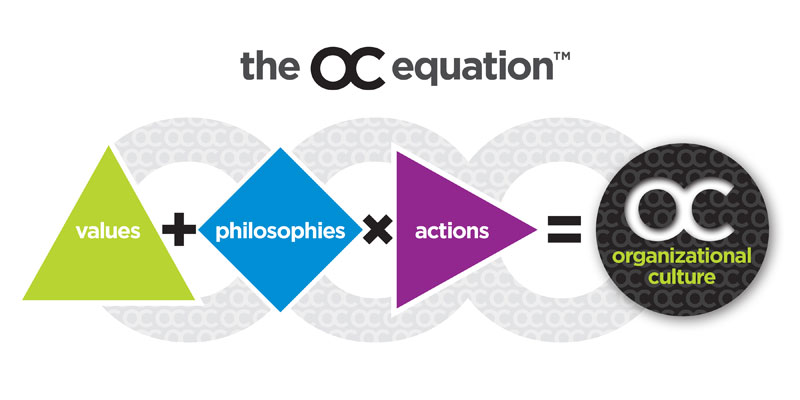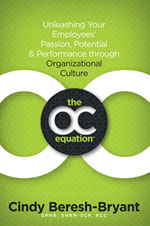With the seemingly almost weekly tragedies of workplace/school shootings, workplace violence, harassment, discrimination, etc. reported in the news, everyone is looking for answers. Yet, as we grapple with today’s most serious problems, few answers seem readily available.
What can leaders and employees do to stem the tide of inappropriate and even dangerous behavior and slow down what feels like an out of control freight train? The short answer is, you have to engage not only your employees’ hands, but their minds and hearts too!
The longer answer is simple, but not simplistic. The fact of the matter is, you can’t fix someone’s behavior until you first fix their beliefs. For example, if, as an organization, you have a “rule” against workplace harassment but your employees don’t share your value that harassing others is wrong or doesn’t share a common definition of what harassment is, it continue to occur. In other words, if an employee doesn’t believe there is anything wrong with harassing others, a “rule” won’t stop them. They may comply with your rule when you’re “looking”, but “when the cat’s away, the mice will play”. What good is HR and leadership if it’s only purpose is to initiate and enforce rules?
An employee who engages in harassment or discrimination – whether sexual, racial, religious, national origin, etc. doesn’t believe in the respect and dignity of others. And you aren’t going to change their actions unless you change their values (beliefs). Although employees come to you with their value/belief systems largely in tack, if their basic value/belief system is compatible with your organization’s Values & Philosophies you can influence and enhance it, especially when using the framework of The OC Equation™.
This framework creates an opportunity where employees and the organization discovers a common purpose through Organizational Culture (OC). And organizations who are clear on their values (beliefs) share strong convictions about how the business should operate as seen through their Actions and interactions with employees, customers, suppliers, etc. It is the certainty of those values and the expected actions (Organizational Culture) that allows employees to find purpose so they thrive and treat others the way they want to be treated.
Employees, no matter what their level within an organization, are seeking purpose – purpose in their work and even purpose in their lives. If HR and other leaders are to stem the tide of this rampant bad, and even illegal, behavior in our workplaces and schools, helping employees find purpose through shared connection to your organizational culture (OC) just may be a better answer.
Not every employee is a “fit” for every organization, but whether you help them fit in your organization or find their purpose in another organization, you’ve still helped them connect, which is where they are able to release their passion, potential and performance.



